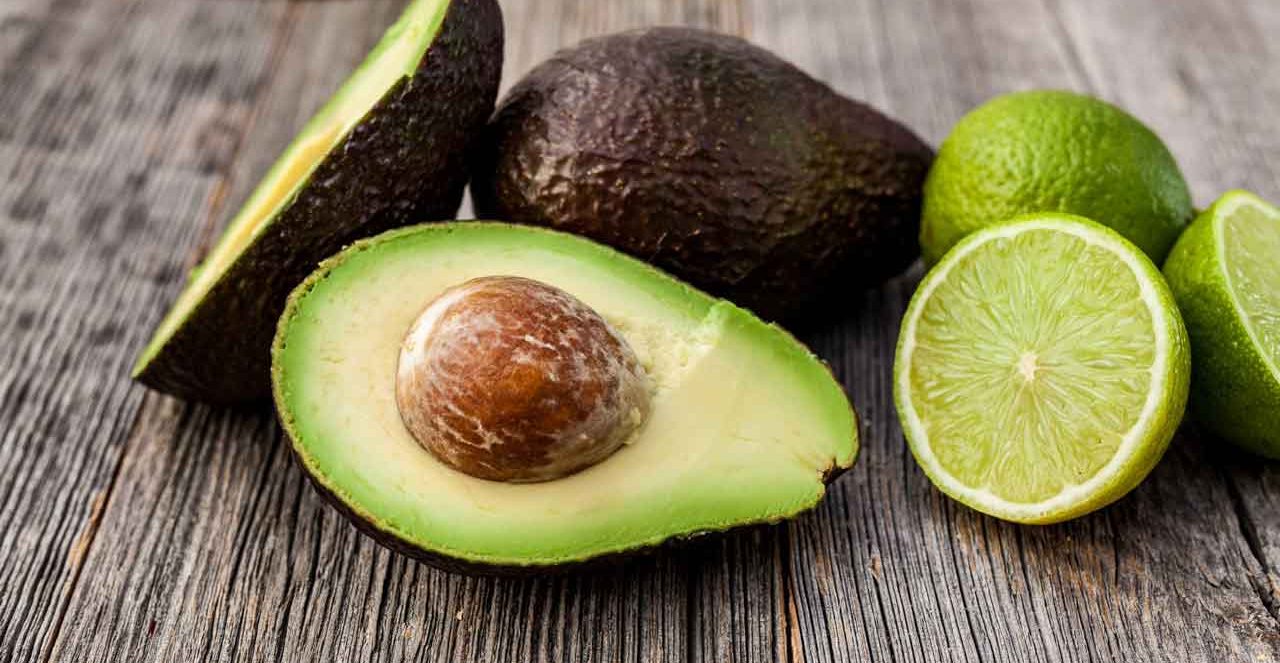Why Avocados Are So Good for You

Avocados aren’t just good for guacamole. Put them in your smoothies and salads, for a wallop of healthy fats that fill you up and help you absorb nutrients.
It’s easy to think that avocados are vegetables — they’re green inside and often appear in salad. But they’re actually fruit, from a tree called Persea Americana.
Most fruits are sweet and primarily carbohydrates. Avocados are healthier because they contain useful fats and protein along with fiber. They’ll also give you good doses of vitamin K, folate, vitamin C, potassium, vitamin B5 and B6, and vitamin E.
Avocados contain more potassium by weight than bananas, for example.
You’ll see different varieties, but the most common in the United States is the Hass avocado.
YOU MIGHT ALSO LIKE: How to Stop Overeating
High in heart-healthy fats
Nearly 80 percent of the calories in an avocado come from fat, which is why one big reason why guacamole is a party food. But most of that fat is a kind called oleic acid, which is also plentiful in olive oil — and considered an important reason to use olive oil.
Oleic acid may lower your body’s level of inflammation — especially important if you’re overweight or have allergies, two conditions associated with chronic inflammation, stressing your body. You can even cook with avocado oil.
High in fiber
Eating fiber can help you avoid blood sugar spikes and stay slim. Soluble fiber feeds friendly bacteria in your intestines. Avocados are high in fiber compared to other foods, and about a quarter of that fiber is the soluble kind.
Several controlled studies with humans have examined the effect of eating avocado and heart risk factors. In a 2015 high quality study with 45 overweight or obese volunteers, scientists tested the effect over five weeks of eating one fresh Hass avocado a day in a cholesterol-lowering diet. The avocado-eaters improved their cholesterol numbers more than people who ate a diet lower in cholesterol but without avocados — and a group that ate the same amount of fat focused on high oleic oils. So it seems that the avocado itself is the key.
Makes other foods healthier
Some nutrients need to be combined with fat to be useful to the body, including the carotenoids in salads. Adding avocado or avocado oil to your salad can make it dramatically more nutritious.
Putting avocados in your salad alongside red meat will also make the meat easier for your body to handle. One study found that Haas avocado reduced the inflammatory spike after a hamburger.
Protect your eyes
Avocados are loaded with lutein and zeaxanthin, both important to avoid cataracts and macular degeneration.
Feel full
Avocado tends to be filling. In one study, participants who ate half a Hass avocado at lunch felt about 25 percent fuller over the next three to five hours than people who ate lunches with similar calories but without avocados.
So you might take advantage of that to eat less overall and lose weight.
Relieve arthritis
An extract from avocado has been shown to cut symptoms of osteoarthritis. It’s not clear whether the food will help, but it probably can’t hurt!
Use as a fat substitute
There are lots of ways to use avocado that may sound strange but taste delicious. The main idea: substitute avocado for less healthy fats.
Put avocado in your scrambled eggs, especially if you’ll also be eating bacon.
Include avocado in a fruit juice smoothie, so it’s less of a sugar-hit.
You can use mashed avocado as a substitute for mayonnaise in egg, chicken, and tuna salads.
Or just put avocado slices into a green salad, along with the protein, so the salad as a whole feels richer. You can also blend avocado into a salad dressing to cut back on mayonnaise.
For a green version of Alfredo sauce, combine avocado with garlic, oil, basil, and cheese or a soy cheese substitute. Put vegetables in with the pasta, and you’ll have a healthful pasta dinner.
Updated:
April 09, 2020
Reviewed By:
Janet O’Dell, RN